
Movement Operator
Skip to section:
About the role Career progression and training Salary and benefits Entry requirementsYou make the Army an effective force by getting them from A to B efficiently. Organise the transport of troops, equipment and vital supplies to places worldwide, including Antarctica, South-East Asia, the Pacific Islands and the USA.
- ServiceArmy
- SpecialisationLogistics and Administration
- LocationAuckland, Linton, Burnham
-
Starting Trade Training$64,177
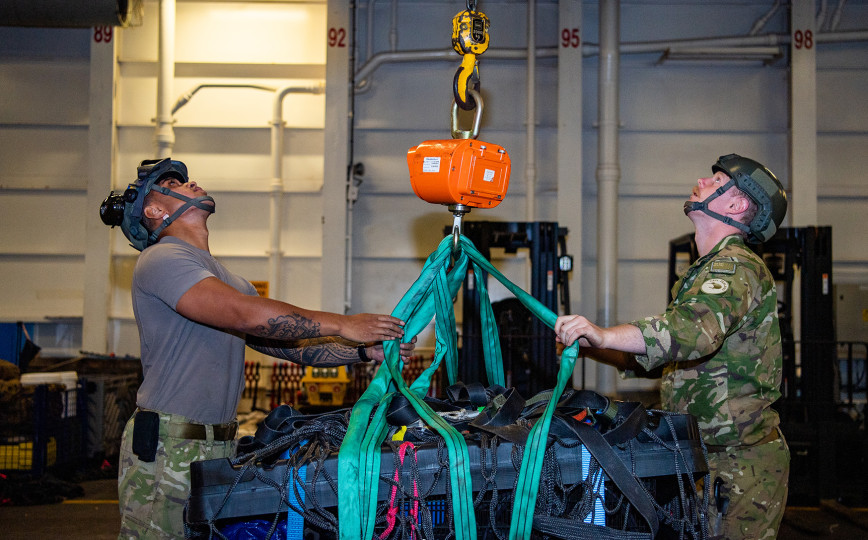
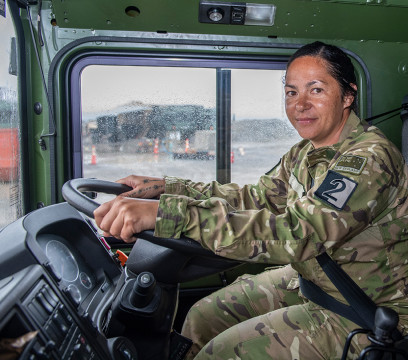
About the role
As a Movement Operator you will work with all three services to enable the movement and support of our forces. The Movement Operator trade includes three specialist areas which you will be cross trained in:
Movement control is about planning and executing the international and domestic movement of personnel, vehicles and equipment by road, sea or air, by either military or civilian means.
Terminal Operations include facilitating the loading, unloading and transit of forces by various means (road, sea and air). This includes stevedoring and port operations, being a member of the Amphibious Beach Team (ABT) and also being part of the Ships Amphibious Load Team (SALT) on board the Navy’s HMNZS Canterbury.
Aerial Delivery involves working closely with the Air Force to ensure stores and equipment are prepared correctly to be delivered to ground forces. This can include rigging stores for parachute air drop from planes or external lift underneath helicopters.
Job on base
As a Movement Operator you perform a variety of roles whilst on base, including:
- Planning and executing the movement of personnel and equipment,
- Liaising with units and outside agencies (customs, biosecurity etc) to enable movement plans,
- Preparing forces for movement, including doing freight and personnel checks, and
- Preparing equipment and supplies to be dropped by aircraft or lifted by helicopter.
Job on deployment
As you progress in your training, you will find yourself working throughout the world, however most visited locations include Antarctica, Australia and the Pacific Islands. Wherever the Army deploys to, Movement Operators help to get them there and back.
Career progression and training
Career Progression
Basic Training
Job Training
Ongoing Training
Throughout your career as a Movements Operator, you will gain the various licences required to drive vehicles such as forklifts, heavy trucks etc. You will learn about all the computer systems used to plan and implement the movement of troops and supplies, as well as the hardware – like parachutes, boats, cranes etc – required to ensure a safe delivery. You will also attend various management and leadership courses.
Upon successful enlistment into the Army you will be posted to Waiouru Army base. Here you will do 16 weeks of basic military training to find out if you have what it takes to be in the Army, and learn various subjects including:
- Organisation and Administration
- Army Customs and Protocol
- Drill and Parades
- Military Field Skills and Weapon Training
- First Aid
- Physical Fitness
In the first 12 months of service, you will complete three courses:
- A Basic Course familiarising you with the vehicles and equipment used by the New Zealand Army (you may also begin training to gain your heavy trade, forklift and other licences)
- Three Junior Movement courses teaching you about preparing people, vehicles and equipment for movement by road, air and sea.
- A stevedoring course teaching you how to work in a port environment.
After you have been in the New Zealand Army for approximately 2 years, you will then attend an Intermediate course, preparing you for leadership and supervisory positions within your trade
You will be eligible to attend Movements Section Commander coursing - offering further training in the movements field as well as additional management and leadership training - after completing approximately four years’ service.
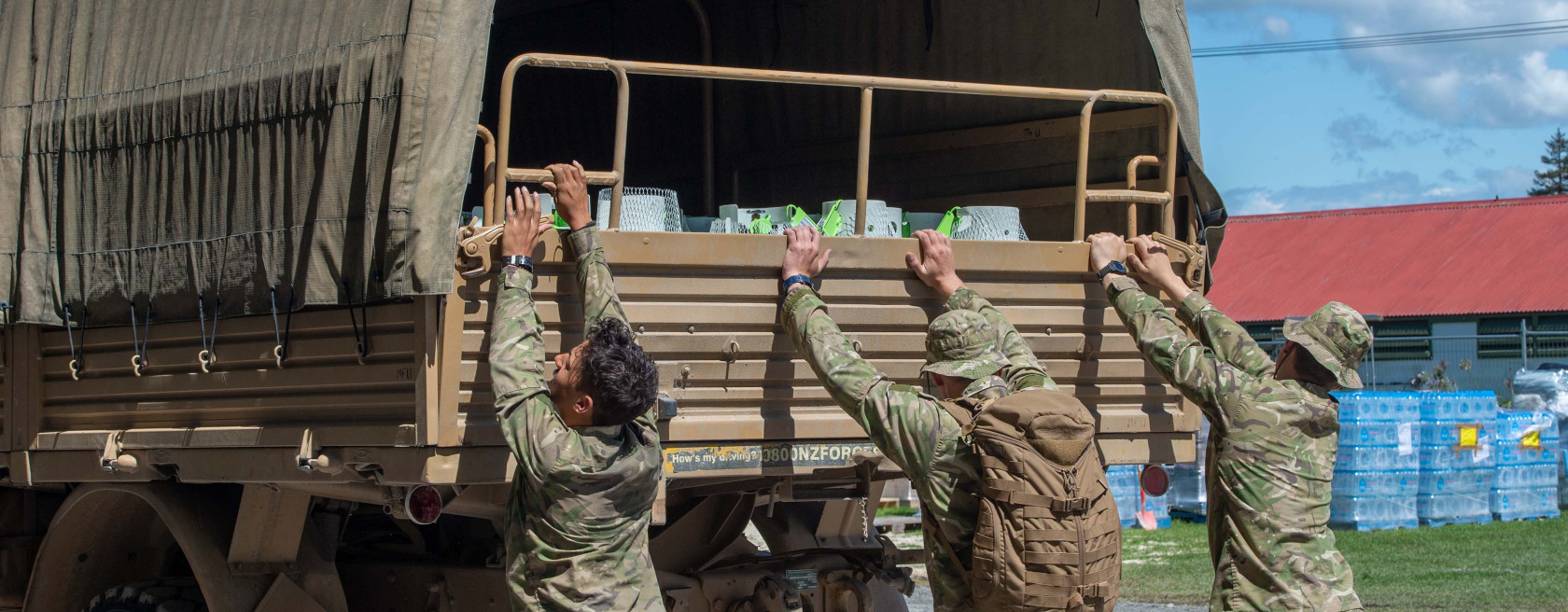
Salary and benefits
Careers in the Army are well-rewarded, diverse and exciting. As you become more experienced and move up through the ranks, gaining additional skills and qualifications, your salary will rise accordingly.
$50,597
Under Initial Training
$64,177
Starting Trade Training
$119,462
Future Potential Earnings
Figures updated on July 1st 2023
Military Factor
Earn a competitive salary while training or learning your trade, along with additional allowances for time spent in the field, at sea, overseas, or deployed on operations.
In addition to salary and allowances, other benefits of joining the New Zealand Defence Force include:
Access to your Service marae or tūrangawaewae
Sponsored tertiary study programmes at all levels
Free access to gyms and swimming pools on camp and bases
Opportunities to travel
Free and subsidised medical and dental care
Subsidised food and accommodation on camps and bases
Free and subsidised insurance cover
Help to buy a home and save for retirement
Entry requirements
Basics
Education
Fitness and Medical
Citizenship
Period of Service
- You must be at least 17 years of age.
- Meet the citizenship and security requirements to gain CV security clearance for this trade.
- Driver's Licence: You will need a Class 1 restricted driver's licence with no traffic convictions. Heavy trade practical or theory licences are preferable.
3 years secondary school.
Note, that qualifications may be used to assess trade suitability.
- You must be medically fit for service.
- Colour perception restrictions may apply.
There are strict citizenship and security requirements to gain the required CV security clearance for this trade.
Find out if you’re eligible here.
There may be a return of service period for this trade.
Please contact our 0800 number or talk to your Candidate Experience Facilitator for more information.
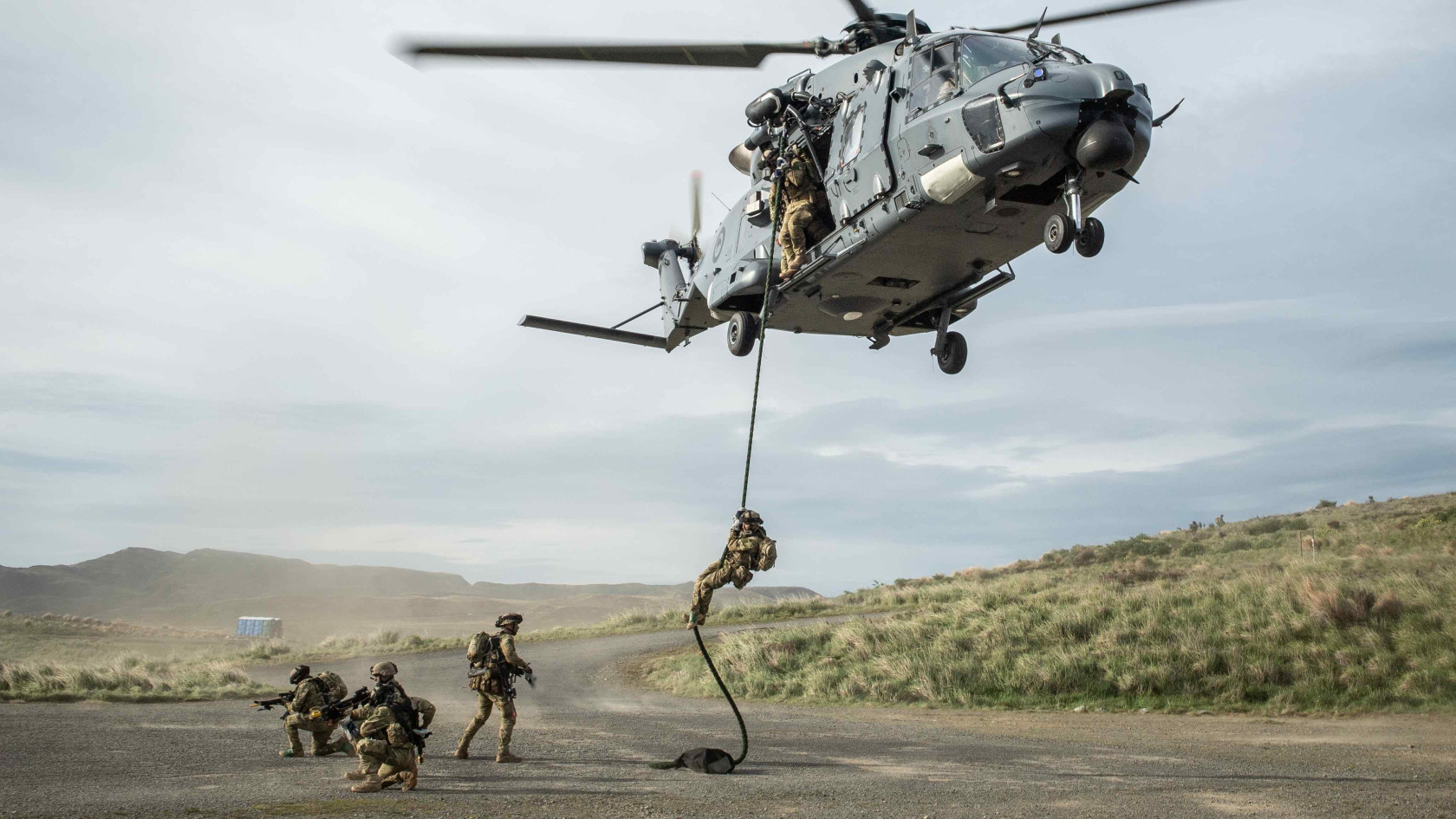
Ready to start your Army career?
Other jobs you might like
You can also browse jobs by specialisation to narrow down your search.
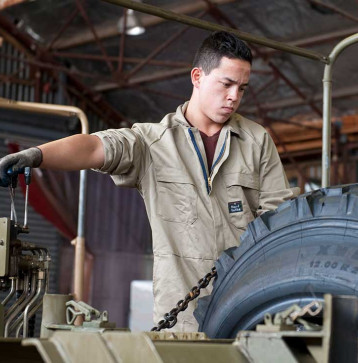
Applications Open
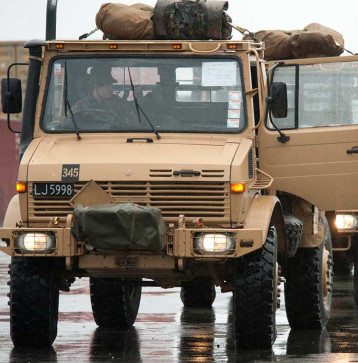
Applications Open
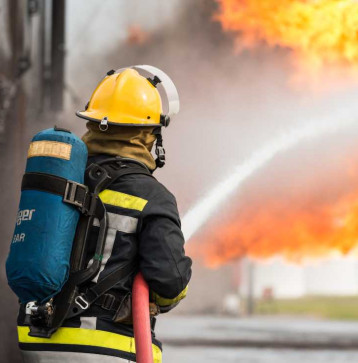
Applications Open